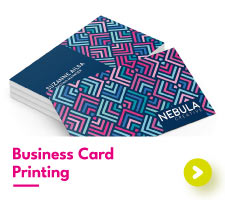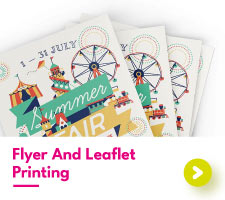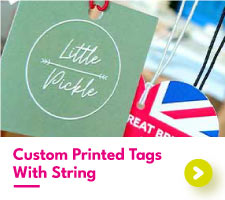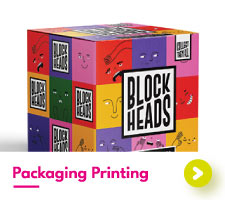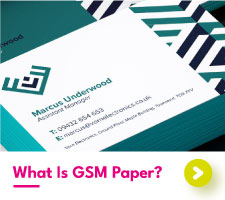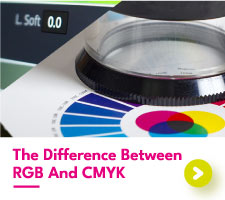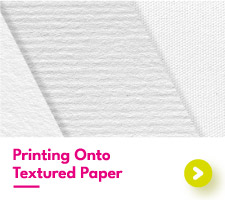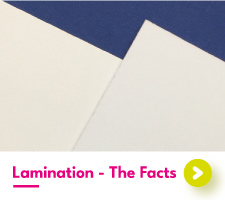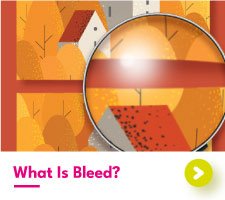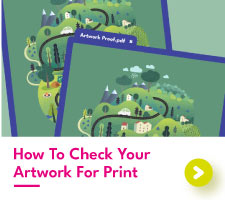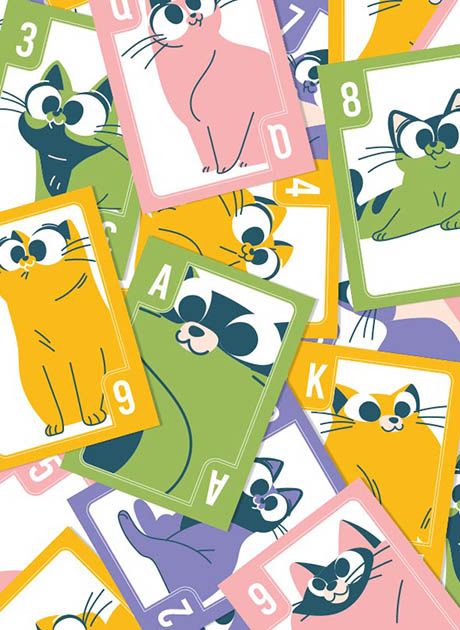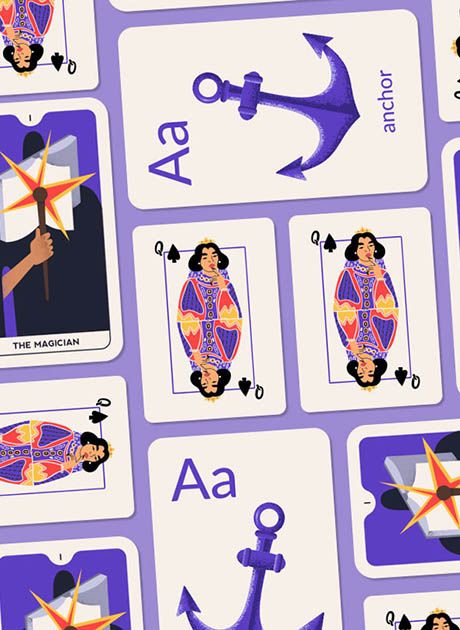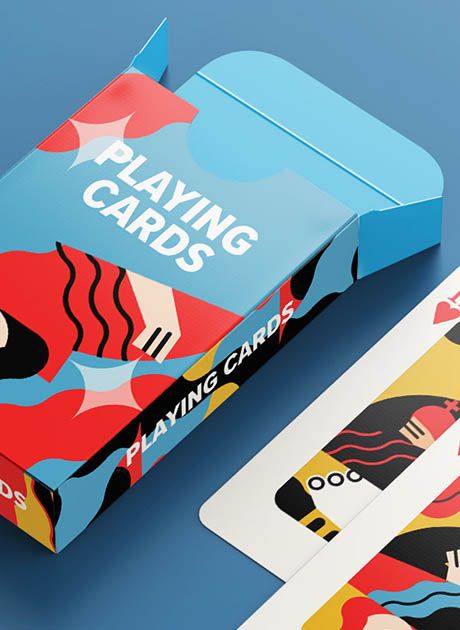Flip It and Win It With Playing Card Back Designs You'll Love
Playing cards have captivated and entertained us for centuries, acting as both tools of the trade for games of chance and canvases for artistic expression. While the faces of these cards hold the keys to victory in countless games, it's the often-overlooked back designs that offer a hidden world of creativity, storytelling, and visual delight. Whether you're an avid card game enthusiast, a collector, or simply someone who appreciates unusual card art, there's a fascinating universe of playing card back designs waiting to be discovered.
Let's have a look the rich history, essential design principles, and some inspiring examples that might just change the way you see your deck of cards. Popular playing cards, as we know them today, trace their origins back to 9th-century China. Early iterations often featured plain backs or simple patterns. However, as card playing spread across Asia and Europe, elaborate designs emerged, reflecting cultural motifs, royal symbols, and even political messages. The Industrial Revolution brought about mass-produced cards, making intricate designs more accessible to the masses. By the 20th century, playing card back design had evolved into a legitimate form of artistic expression, with artists and designers pushing boundaries and creating iconic decks that remain admired to this day.
So, what exactly makes a good playing card back design? It's a delicate balance of aesthetics and functionality. A successful design is symmetrical and balanced, ensuring the card looks the same when rotated and preventing any potential for unfair advantage. It should also be visually interesting, incorporating intricate patterns, captivating illustrations, or clever optical illusions that make the deck a joy to behold. Many designs incorporate themes, symbols, or narratives that enhance the overall experience of playing with the cards. A thoughtful colour palette can evoke emotions, set a mood, or simply complement the card faces. And of course, originality is key; unique and unexpected designs can make a deck truly stand out and become a conversation starter.
10 Card Design Inspiration Ideas
Let's look at 10 playing card back designs that exemplify these principles and may help inspire you!
Traditional:
- Description: Elaborate patterns, often symmetrical, with intricate details.
- Appeal: Classic, timeless, elegant.
- Examples: Standard playing cards.
Ah yes, the old faithful traditional backing that can differ from one deck to another, is usually an intricate pattern made from red and white. Whilst colours and patterns change, you can always recognise the back of a traditional playing card, which is what makes these patterns so effective. This is the go-to design ethos if you want your cards to be general to any game and are ideal as simple poker cards, but can be very useful to magicians as the pattern of this playing card backs history, causes us to subconsciously not pay any attention to the back of the card.
The motif and colour are entirely up to you, but if you yearn to have more creative card backs, then read on.
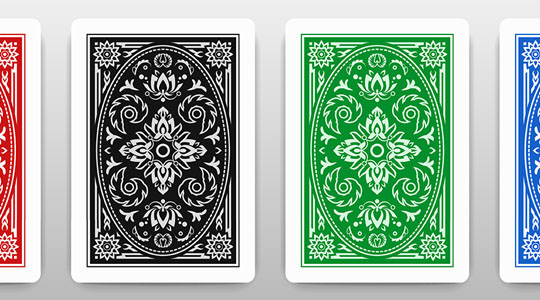

Minimalist:
- Simple geometric shapes, solid colours, or subtle textures.
- Appeal: Clean, modern, sophisticated.
- Example: Modern minimalist decks.
Personally, I’m a massive fan of minimalism, less is more and all of that. Something about a clean aesthetic just appeals, but why would you want to use a minimal design for the back of your cards? Perhaps you’re looking to use the deck as part of a promotion?
Maybe a clever twist on the business card, or a quirky way to display your products, then a minimal card back design would be ideal. Or, if like me, you just want to keep the design as clean as possible.
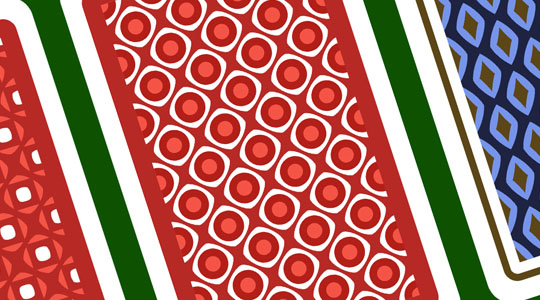

Themed Decks:
- Description: Designs centered around a specific theme (nature, pop culture, fantasy, etc).
- Appeal: Unique, fun, conversation starter.
- Examples: Harry Potter decks, Alice in Wonderland decks.
Now this is where you create some really cool playing cards! With themed designs, anything goes! Look to your favourite movies, games, clubs, animals… anything! Perhaps you have a business centered around a specific set of products or services, using a themed set of playing cards to advertise this is a clever way of using card game design.
Maybe you’re a member of a club and wish to create themed playing card artwork to match? Go wild!
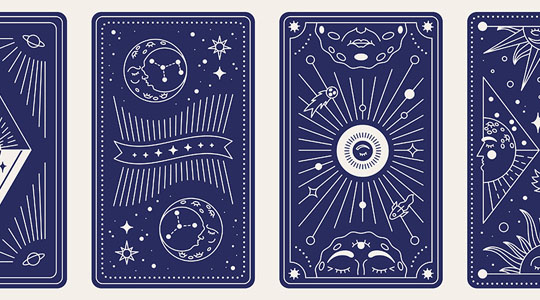

Traditional Art:
- Description: Incorporates classical art styles (Renaissance, Baroque, etc.) or cultural motifs.
- Appeal: Artistic, refined, cultural significance.
- Examples: Tarot decks, decks featuring famous paintings.
Artistic playing cards are a beautiful blend of traditional card play and visual artistry. They often feature unique designs, illustrations, and themes that transform each deck into a collectible piece of art.
If you like your playing card customisation with a little more zen, then the classical look could be for you. You can either use exact copies of your favourite artworks on your playing cards, or you can leave it up to interpretation by re-creating your favourite traditional art in a style to suit your playing card needs.


Typographic:
- Description: Focuses on lettering, typography, or graphic elements.
- Appeal: Bold, modern, expressive.
- Examples: Decks with large numerals or letters.
Typographic playing card designs are a unique niche in the playing card world, where the focus is on the use of typefaces and letterforms to create visually appealing and often educational decks.
These decks are particularly interesting for typography enthusiasts and graphic designers, as they showcase the beauty and versatility of type. Maybe you just wish to convey a set of initials on your artistic card backs, typography is for you.


Photographic:
- Description: Features high-resolution images or photographs.
- Appeal: Realistic, personal, can evoke emotions.
- Examples: Decks with landscapes, animals, or personal photos.
Some of the best playing card designs don’t have to be designs at all. Photo playing card backs offer a unique opportunity to turn a deck of cards into a personal gallery of images.
They can feature anything from family photos, landscapes, cityscapes, to artistic photography, making each card in the deck personal. This is a quirky and unique way to hand out wedding photos as playing cards to your guests at a later date.


Abstract:
- Description: Non-representational shapes, colours, and patterns.
- Appeal: Unique, eye-catching, artistic.
- Examples: Decks with geometric patterns or splashes of colour.
Abstract designs for the back of playing cards are a popular choice for their aesthetic appeal and the way they can evoke different emotions and interpretations. These designs often feature bold colours, geometric shapes, and fluid forms that create a sense of movement and dynamism.
They can range from simple and minimalist to complex and intricate patterns. If you are a seller of unusual or spiritual goods, these sort of illustrated playing cards would be a great addition to your stock.


Pop Art/Comic Book:
- Description: Inspired by comic book art, pop art, or cartoon styles.
- Appeal: Playful, nostalgic, energetic.
- Examples: Decks featuring superheroes or comic strip characters.
Pop art styled playing card backs are super vibrant and eye-catching, reflecting the bold and colourful aesthetic of the pop art movement. These designs often feature iconic pop art elements such as comic book illustrations, celebrity images, and bold typography.
They capture the spirit of the 1950s and 1960s cultural revolution, where art became more accessible and reflective of everyday life. A nostalgically awesome theme for your deck design.


Neon/Foiled:
- Description: Uses bright neon colours or metallic foils for a striking effect.
- Appeal: Luxurious, eye-catching, festive.
- Examples: Decks with gold or silver accents, blacklight reactive designs.
Neon and foiled playing cards are a stunning choice for those looking to add a touch of glamour and modernity to their card games. The use of neon inks and foil stamping has brought about a new level of luxury and innovation to playing cards.
If you’re after some effective board game playing cards, the combination of jet black, neon colours and shiny spot UV card printing can take your playing card aesthetic to mind-blowing levels.


Over To You!
If you're feeling inspired to create your own playing card backs, the process can be surprisingly accessible – especially with our easy online ordering process.
Start by brainstorming card design ideas, themes, or motifs that resonate with you. Then, create rough sketches to explore different layouts and visual elements. Once you're happy with your concept, use graphic design software like Adobe Illustrator to create a high-resolution, print-ready file. Consider using a professional printing service that specialises in playing cards to ensure high-quality results.
Playing card back designs are so much more than meets the eye. They can enhance your card playing experience, spark up conversations, and even become prized collectibles. So, the next time you shuffle your deck, take a moment to appreciate the playing card aesthetics behind those seemingly simple designs. You might just discover a newfound love for the art of playing card back design.
Oh, and don’t forget that you can also have a bespoke playing card box to suit your deck too!

 USA
USA FR
FR
